There is a lot of discussion about multi-cloud versus single-cloud at the moment. There are benefits and drawbacks of both, so today I’m looking at the benefits of a multi-cloud approach in gaining flexibility, scalability, operational resilience and increasing performance. Using multiple providers can also be a good way to ensure security and compliance.
But the two main things I want to look at are avoiding vendor lock-in, and reducing downtime.
Using multi-cloud to avoid vendor lock-in
If you’ve ever tried to move your infrastructure or applications from one cloud provider to another, you have most likely found yourself in a difficult situation of vendor-lock in.
Cloud vendors will often encourage you to ship data to them. They’ll make it quick and easy to migrate your data to them, but when you decide it’s time to switch to another vendor, they often make it costly or complicated to move your data over.
The difficult part is not usually migrating virtual servers, containers, or storage, but everything in between. Networking, security, governance – these things must also move, which can become a real headache.
If you use Infrastructure as a Code (IaaC), you can move freely between different cloud providers, configuring your services in code. This makes it relatively simple to switch between different cloud providers and open-source technologies (if this is defined in code and appropriately used).
At Zenitech, we use IaaC extensively on the most popular cloud providers to make things as simple and efficient for our clients as possible.
Multi-cloud can also help you avoid downtime
Outages can be a real problem for businesses, and can be expensive. Most of the big cloud providers perform well in terms of uptime percentages, but no provider can guarantee 100% uptime.
Having a multi-cloud approach to your infrastructure can significantly improve your disaster recovery. You won’t need to worry about downtime, as it’s less likely that two or more cloud providers will go offline simultaneously. So, if you lose one, you can hop to another provider easily.
You can use multiple clouds to host applications, data, and services, with one serving as the primary and the other as a backup. You can ensure continuous availability in the case of a disaster, outage, or DoS (denial of service) attack if all data and workloads are accurately replicated across different cloud infrastructures. Automated replication and failover across various cloud providers are possible with many multi-cloud management technologies, which greatly enhances your operational resilience.
Considerations
As with any cloud solution, there are areas to keep an eye on if you want the technology, systems and vendors to work well for you.
On the vendor side, you want to ensure that you’re working with specialists who have excellent security solutions in place and that you have solid service level agreements in place for each vendor. Costs will also be something you’ll want to monitor closely – it’s easy to see how they can build up when using multiple vendors.
You’ll also need to make sure that each cloud system works well with any legacy systems you’re still using.
Of course, these considerations become much easier to manage when you partner with a specialist provider to help manage your multi-cloud operations.



